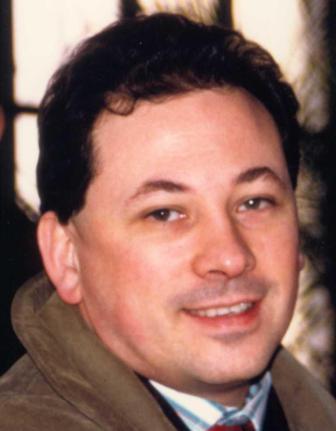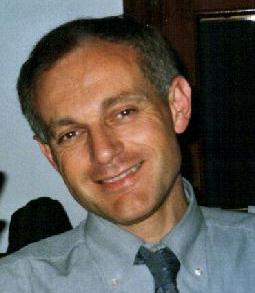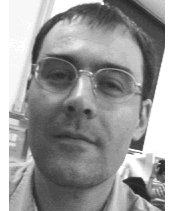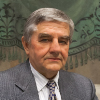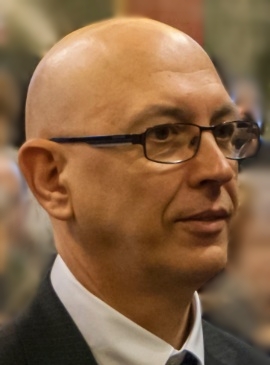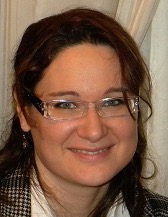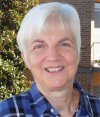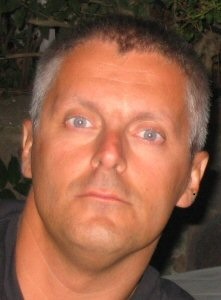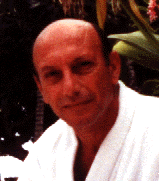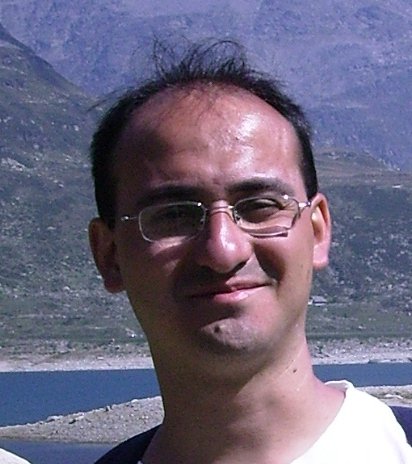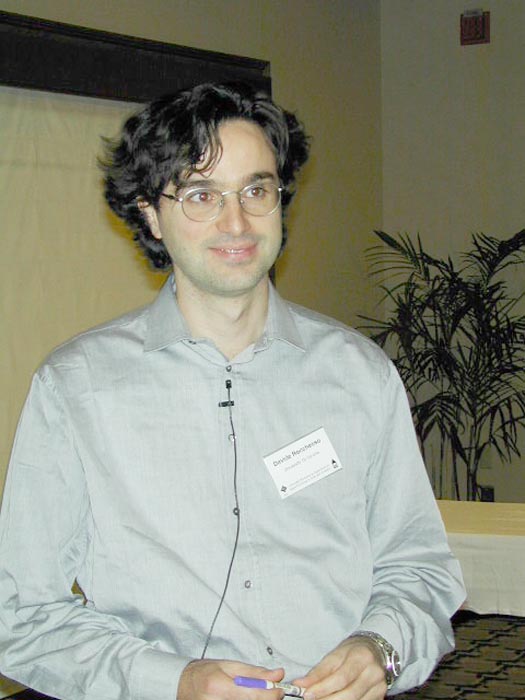Studiare
In questa sezione è possibile reperire le informazioni riguardanti l'organizzazione pratica del corso, lo svolgimento delle attività didattiche, le opportunità formative e i contatti utili durante tutto il percorso di studi, fino al conseguimento del titolo finale.
Calendario accademico
Il calendario accademico riporta le scadenze, gli adempimenti e i periodi rilevanti per la componente studentesca, personale docente e personale dell'Università. Sono inoltre indicate le festività e le chiusure ufficiali dell'Ateneo.
L’anno accademico inizia il 1° ottobre e termina il 30 settembre dell'anno successivo.
Calendario didattico
Il calendario didattico indica i periodi di svolgimento delle attività formative, di sessioni d'esami, di laurea e di chiusura per le festività.
| Periodo | Dal | Al |
|---|---|---|
| 1° Q - 2° anno e successivi | 29-set-2003 | 28-nov-2003 |
| 2° Q | 12-gen-2004 | 12-mar-2004 |
| 3° Q | 5-apr-2004 | 11-giu-2004 |
| Sessione | Dal | Al |
|---|---|---|
| Sessione straordinaria | 17-dic-2003 | 17-dic-2003 |
| Sessione invernale | 17-mar-2004 | 17-mar-2004 |
| Sessione estiva | 22-lug-2004 | 22-lug-2004 |
| Sessione autunnale | 22-set-2004 | 22-set-2004 |
| Periodo | Dal | Al |
|---|---|---|
| Festa di tutti i santi | 1-nov-2003 | 1-nov-2003 |
| Vacanze natalizie | 22-dic-2003 | 6-gen-2004 |
| Vacanze Pasquali | 8-apr-2004 | 13-apr-2004 |
| Festa del Patrono S. Zeno | 12-apr-2004 | 12-apr-2004 |
| Festa del lavoro | 1-mag-2004 | 1-mag-2004 |
| Festa della Repubblica | 2-giu-2004 | 2-giu-2004 |
| Vacanze estive | 26-lug-2004 | 31-ago-2004 |
Calendario esami
Gli appelli d'esame sono gestiti dalla Unità Operativa Segreteria Corsi di Studio Scienze e Ingegneria.
Per consultazione e iscrizione agli appelli d'esame visita il sistema ESSE3.
Per problemi inerenti allo smarrimento della password di accesso ai servizi on-line si prega di rivolgersi al supporto informatico della Scuola o al servizio recupero credenziali
Docenti
 nome.cognome[at]uniud.it
nome.cognome[at]uniud.it
 gino.mariotto@univr.it
gino.mariotto@univr.it
 angelo.pica@univr.it
angelo.pica@univr.it
 davide.rocchesso@univr.it
davide.rocchesso@univr.it
Piano Didattico
Il piano didattico è l'elenco degli insegnamenti e delle altre attività formative che devono essere sostenute nel corso della propria carriera universitaria.
Selezionare il piano didattico in base all'anno accademico di iscrizione.
4° Anno Attivato nell'A.A. 2006/2007
| Insegnamenti | Crediti | TAF | SSD |
|---|
5° Anno Attivato nell'A.A. 2007/2008
| Insegnamenti | Crediti | TAF | SSD |
|---|
| Insegnamenti | Crediti | TAF | SSD |
|---|
| Insegnamenti | Crediti | TAF | SSD |
|---|
| Insegnamenti | Crediti | TAF | SSD |
|---|
Legenda | Tipo Attività Formativa (TAF)
TAF (Tipologia Attività Formativa) Tutti gli insegnamenti e le attività sono classificate in diversi tipi di attività formativa, indicati da una lettera.
Fisica e tecniche delle immagini (2006/2007)
Codice insegnamento
4S00069
Docente
Crediti
5
Lingua di erogazione
Italiano
Settore Scientifico Disciplinare (SSD)
FIS/01 - FISICA SPERIMENTALE
Periodo
3° Q dal 2-apr-2007 al 8-giu-2007.
Sede
VERONA
Obiettivi formativi
Scopo del corso è fornire allo studente i fondamenti di Fisica necessari alla comprensione dei meccanismi di formazione delle immagini in riferimento ai diversi intervalli dello spettro delle onde elettromagnetiche ed acustiche. Particolare attenzione viene dedicata alle tecniche di Imaging Medico: MICROSCOPIA OTTICA ED ELETTRONICA;
IMAGING AD ULTRASUONI; IMAGING A RAGGI X: tecniche radiografiche convenzionali, tomografia assiale computerizzata;
IMAGING A RAGGI GAMMA: gamma-imaging planare, SPECT, PET; IMAGING DI RISONANZA MAGNETICA NUCLEARE (MRI)
Programma
ELEMENTI DI OTTICA
ONDE: equazione delle onde, onde armoniche, principio di sovrapposizione, dispersione, intensità di un'onda armonica piana, onde meccaniche, onde acustiche
ONDE ELETTROMAGNETICHE: equazioni di Maxwell, esistenza delle onde elettromagnetiche, equazione delle onde elettromagnetiche nel vuoto e in un mezzo, relazione tra E e B, intensità delle onde elettromagnetiche, proprietà delle onde elettromagnetiche, polarizzazione, sorgenti puntiformi, lo spettro delle onde elettromagnetiche
RIFLESSIONE E RIFRAZIONE DELLE ONDE: proprietà cinematiche e proprietà dinamiche, onde acustiche ed elettromagnetiche
INTERFERENZA DELLE ONDE: interferenza tra due sorgenti: esperimento di Young, cenni di olografia
DIFFRAZIONE: diffrazione da una fenditura come interferenza tra infinite sorgenti, minimi di diffrazione, larghezza del massimo centrale, diffrazione da un'apertura circolare, disco di Airy, criterio di Rayleigh sul limite di risoluzione per una apertura circolare, potere risolutivo delle lenti
OTTICA GEOMETRICA: lenti e specchi, strumenti ottici, funzionamento dell'occhio
ELEMENTI DI FISICA ATOMICA E NUCLEARE
INTRODUZIONE ALLA FISICA MODERNA:
la scoperta dell'elettrone, dei raggi X e della radioattività;
la radiazione di corpo nero, l'effetto fotoelettrico e il fotone, l'effetto Compton; gli spettri atomici, l'esperimento di Rutherford, il nucleo atomico, il protone, l'atomo di Bohr;
comportamento ondulatorio della materia, le onde di De Broglie, l'equazione di Schroedinger, onde di probabilità, diffrazione dei raggi X e dei raggi elettronici; momento magnetico di una spira quadrata percorsa da corrente, momento torcente ed energia di una spira in un campo magnetico, moto di precessione per una spira circolare; forza in presenza di un gradiente di campo magnetico; momento magnetico orbitale e intrinseco degli elettroni, esperimento di Stern-Gerlach, spin degli elettroni; struttura atomica e tavola periodica degli elementi; momento magnetico di spin del protone; l'equazione di Dirac, la scoperta del positrone e l'antimateria
IL NUCLEO ATOMICO: Chadwick e la scoperta del neutrone, proprietà del nucleo atomico, equivalenza massa-energia, difetto di massa ed energia nucleare, energia di legame dei nuclei atomici, energia di legame per nucleone, proprietà di saturazione delle forze nucleari, cenni di Modello a Shell nucleare, spin del nucleo, momento magnetico nucleare e risonanza magnetica nucleare
RADIOATTIVITA': processi di decadimento radioattivo, radionuclidi naturali e artificiali, legge dei decadimenti radioattivi, tempo di dimezzamento e vita media, esempi di radionuclidi di impiego nell'imaging medico
INTERAZIONE DEI FOTONI CON GLI ELETTRONI ATOMICI: assorbimento fotoelettrico, diffusione Rayleigh, diffusione Compton, creazione di coppie, attenuazione di un fascio collimato, relazione tra coefficiente di attenuazione lineare e sezioni d'urto atomiche
ELEMENTI DI RADIOPROTEZIONE: interazione di particelle cariche con la materia, concetti di dosimetria: il Gray e il Sievert, effetti stocastici e non stocastici
TECNICHE DI IMAGING
MICROSCOPIA OTTICA ED ELETTRONICA
IMAGING AD ULTRASUONI
IMAGING A RAGGI X: tecniche radiografiche convenzionali, tomografia assiale computerizzata
IMAGING A RAGGI GAMMA: gamma-imaging planare, SPECT, PET
IMAGING DI RISONANZA MAGNETICA NUCLEARE (MRI)
Modalità d'esame
L'esame consiste in una prova orale che inizia con la presentazione, nella forma prescelta dallo studente, di una delle tecniche di imaging trattate nel corso.
Tipologia di Attività formativa D e F
Documenti e avvisi
-
 Documento ufficiale
(pdf, it, 21 KB, 25/06/03)
Documento ufficiale
(pdf, it, 21 KB, 25/06/03)
Insegnamenti non ancora inseriti
Prospettive
Avvisi degli insegnamenti e del corso di studio
Per la comunità studentesca
Se sei già iscritta/o a un corso di studio, puoi consultare tutti gli avvisi relativi al tuo corso di studi nella tua area riservata MyUnivr.
In questo portale potrai visualizzare informazioni, risorse e servizi utili che riguardano la tua carriera universitaria (libretto online, gestione della carriera Esse3, corsi e-learning, email istituzionale, modulistica di segreteria, procedure amministrative, ecc.).
Entra in MyUnivr con le tue credenziali GIA: solo così potrai ricevere notifica di tutti gli avvisi dei tuoi docenti e della tua segreteria via mail e a breve anche tramite l'app Univr.
 +39 045 802 7059
+39 045 802 7059
